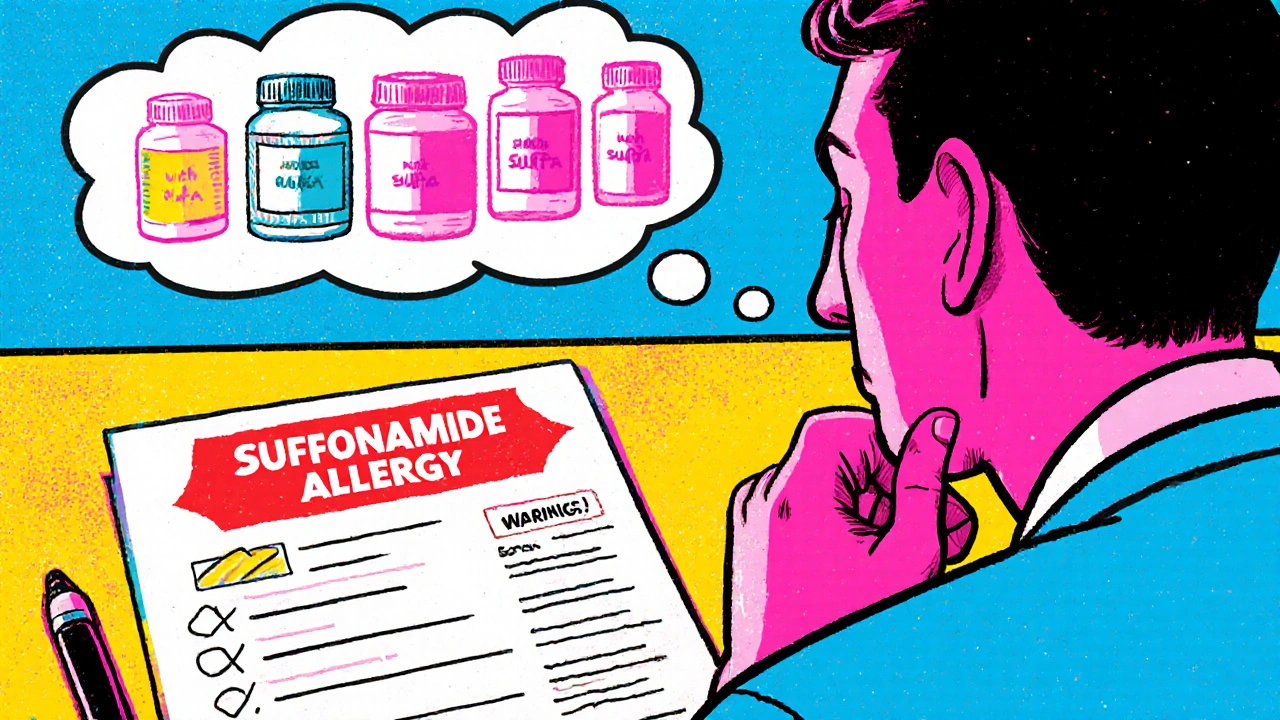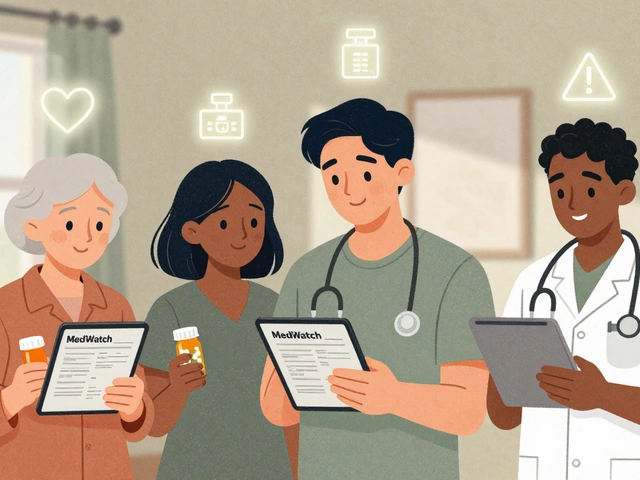Cross-Reactivity: What It Is and How It Affects Your Medications
When your body reacts to one substance because it looks like another, that’s cross-reactivity, a biological response where the immune system mistakes one molecule for a similar one, triggering an unintended reaction. Also known as cross-allergy, it’s why someone allergic to peanuts might react to lentils, or why a penicillin allergy could make you sensitive to cephalosporins. This isn’t just about food—it’s a quiet but dangerous player in how your body handles medications.
Think of your immune system like a security guard who recognizes faces by shape, not name. If two drugs or allergens have similar molecular structures, your body might not tell them apart. That’s why penicillin, a common antibiotic that triggers immune responses in some people can cause reactions to cephalosporins, a related class of antibiotics often prescribed as alternatives. It’s also why people with latex allergies sometimes react to bananas, avocados, or even certain medical gloves made from synthetic materials. In the world of drugs, this means a switch from one treatment to another isn’t always safe—just because it’s labeled "different" doesn’t mean your body sees it that way.
This isn’t rare. Studies show up to 10% of people with a penicillin allergy have some level of cross-reactivity with cephalosporins. And it’s not just antibiotics. NSAIDs, like ibuprofen or aspirin, can cross-react in people with sensitivities, leading to breathing issues or skin rashes. Even something as simple as a sulfa drug can trigger reactions in people who’ve had issues with diuretics or diabetes meds containing sulfonamide groups. The same logic applies to herbal supplements and food-based ingredients that mimic drug structures—something many people don’t realize until they get sick after taking a "natural" remedy.
What makes cross-reactivity tricky is that it doesn’t always show up right away. You might take a new drug for weeks with no problem, then suddenly react—not because the drug changed, but because your immune system finally recognized the familiar shape. That’s why doctors ask about every medication you’ve ever had a reaction to, even if it was years ago. They’re not being overly cautious—they’re trying to map out your body’s personal recognition system.
The posts below cover real cases where cross-reactivity matters: how famotidine and proton pump inhibitors behave differently in sensitive patients, why clavulanic acid can trigger unexpected responses in kids, how antiviral drugs like ritonavir interact with other meds through shared metabolic pathways, and why switching from warfarin to a DOAC isn’t always as safe as it sounds. These aren’t theoretical concerns—they’re everyday risks that show up in prescriptions, pharmacies, and patient reports. You don’t need to be a doctor to spot the signs. If you’ve ever had a rash, stomach upset, or breathing trouble after a new med, and your doctor said "it shouldn’t happen," they might not have considered the molecular look-alikes hiding in plain sight.









